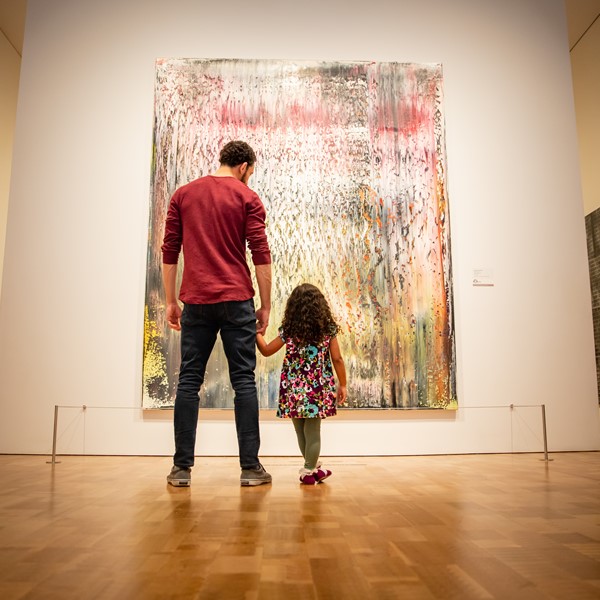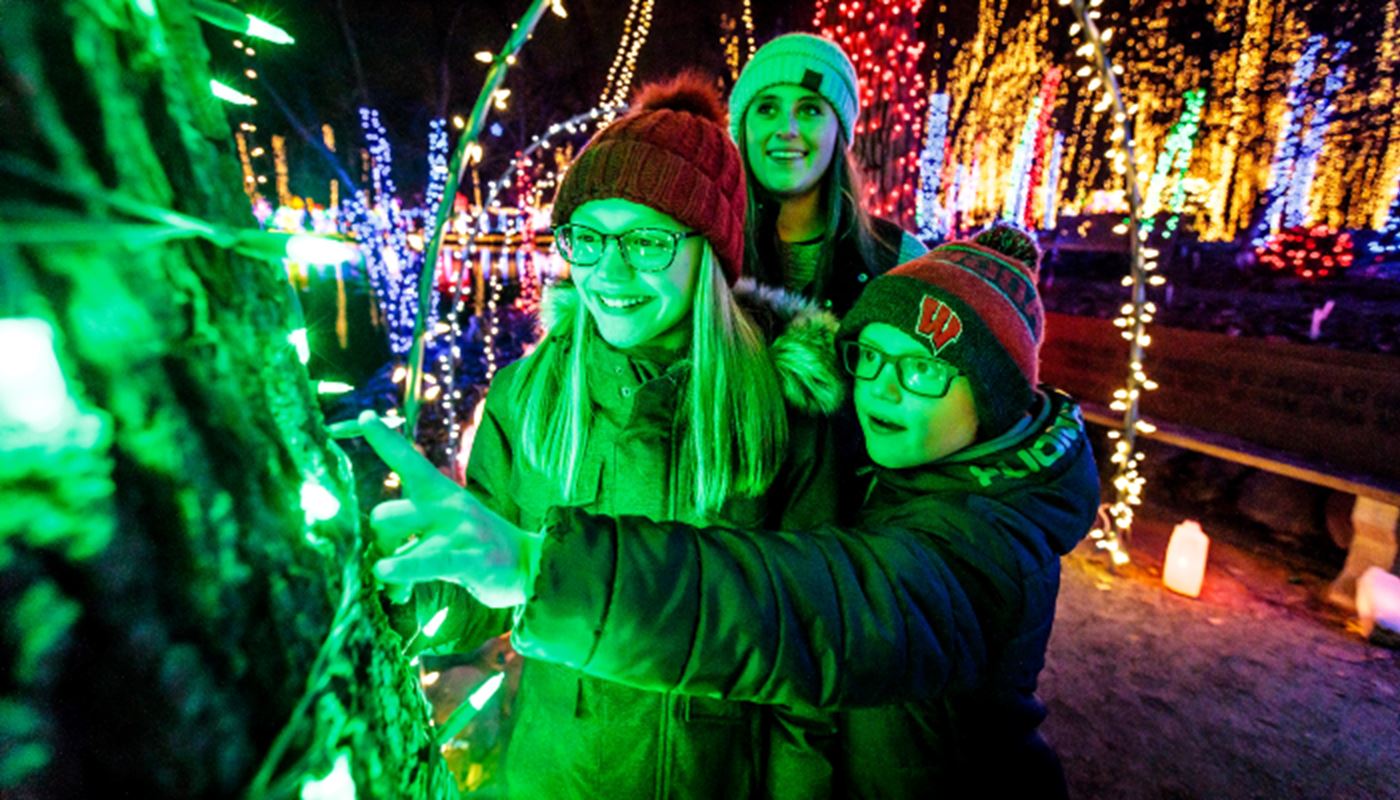
Effigy Mounds of Southern Wisconsin
Did you know Wisconsin is home to more effigy mound sites than anywhere in the world? It’s true! And while other kinds of Native American burial mounds can be found across North America, earthen effigy mounds depicting panthers, deer, bears, raptors and other animals are found only in Wisconsin and nearby areas of Iowa, Illinois and Minnesota.
Believed by archeologists to have been constructed between about 900 and 2,500 years ago, effigy mounds can be found throughout Wisconsin in public parks, forests and even within the state’s capital city. Read on to find some of the best places to see these earthen artifacts in southern Wisconsin and start planning your next trip to see them!
Lizard Mound County Park - West Bend
Visit one of the largest, most diverse groups of effigy mounds open to the public in Wisconsin at Lizard Mound County Park near West Bend. Stroll the mile-long interpretive trail to see 26 of the well-preserved mounds representing spiritual and/or animal-like forms including birds, panthers or water spirits and the lizard mound which spans hundreds of feet long. Be sure to also stop at the interpretive center to learn more about the cultural history of this important Indigenous area.
Mounds in Madison

Historically, the biggest concentration of effigy mounds was along the shores of Madison’s four lakes, where the Mound Builders built some 1,500 earthworks. Today, 23 mound sites remain on public land in Dane County. Some of the most spectacular are on the state-owned grounds of Mendota Mental Health Institute on the northern shore of Lake Mendota, including the largest effigy in Wisconsin which spans 624 feet in the shape of a bird. Other effigies include a deer, two bears, and two panthers.
You can also explore the University of Wisconsin Lakeshore Path and the Arboretum for more impressive mounds.
Wyalusing State Park - Bagley
Another large concentration of effigy mounds can be found in the Southwest corner of Wisconsin, near Prairie du Chien. Many lay within Wyalusing State Park, where at least 14 different Native American Tribes lived or visited the area to trade.
Hike through the gorgeous landscape here which includes bluffs above the confluence of the Wisconsin and Mississippi rivers and look for land features named after Native American figures and vantage points. This includes Green Cloud Hill Picnic Area, named for the Winnebago chief who led the last band of Native Americans to camp in the park. Signal Point was used for signal fires, while Point Lookout was used to keep watch on the rivers.
Aztalan State Park - Jefferson

Wisconsin’s best-known archeological site, Aztalan State Park, on the Crawfish River near Lake Mills, includes modern reconstructions of ancient ceremonial mounds and an accompanying wooden stockade. But the people who built these structures about 1,000 years ago were most likely not the Mound Builders. In fact, researchers believe the stockade and archeological evidence of violence here may indicate conflict between the agricultural village and the hunting and gathering Mound Builders or their descendants.
Climbing a reconstructed flat-topped pyramid mound at Aztalan gives you a great view of the river on which the village depended. Today it’s a quiet place, but a thousand years ago it may have been one of the busiest spots in the state. And the high stockade gives you the impression that the ancient people of this village may have been far more concerned about defending themselves than enjoying the peaceful view of rolling prairies, woodlands and waterways that modern visitors see at this park.
Want to see more of the creations of Wisconsin's earliest residents? Here's where to find more effigy mounds in Wisconsin!










